40 Years of BMW M1
Do you know a German production sports car with a mid-engine-layout? Yes, there is the Porsche Boxster and Cayman and some time ago there also was a joint project between Zuffenhausen and Wolfsburg, but otherwise? Mercedes-Benz C111 and C112 didn’t make it into production and the Isdera models 033i Spyder, 036i Spyder, 108i Imperator and 112i Commendatore didn’t get beyond low volumes. But there was actually another vehicle, which is celebrating its 40th anniversary this year, although the basic design already debuted in 1972 as a design study. We are talking about the BMW M1, whose styling has been anticipated with Turbo Concept by Paul Bracq, but then got a small re-design by Giugiaro. While the concept car, as the name suggests, had a turbocharged four-cylinder engine behind the passengers, there were initially very different considerations for the new supercar project. It wasn’t foreseeable, that in the end a less-powerful engine than in the 280-hp strong Turbo Concept would be used in the road car version.
Originally BMW considered to position the new sports car as the 9-Series above the sedan models. It should be noted that at this time in the mid-1970s they only recently had launched the compact 3-Series, the middle-class 5-Series sedan and the 6-Series Coupé, while the top-of-the-line 7 Series sedan followed in 1977. For the drive, various ideas were discussed by the engineering team in Munich. Whether to use the five-liter V8 (with four carburettors as M09, with mechanical fuel injection as M27 or with Bosch D-Jetronic as M36), a newly developed, high-revving V8 inspired by Formula 1 engines of the time or even a totally new engine concept for BMW like a 180°-V12 as in the Ferrari 512 BB, was up for discussion. Ultimately, the two V8-options were eliminated first and foremost. Even the flat-V engine, for which there were variants with eight or ten cylinders on paper, was rejected and instead the team favored the new developed 4.5-liter V12 engine for the 7-Series (E23) – but only in the planned street version, while the racecar should receive an inline six-cylinder engine derived from the 3.5 CSL engine M49. Not even half a year after these points were targeted for the project, the V12 was dropped as well. Instead the BMW engine genius Paul Rosche took care of the six-cylinder, which after its total evolution was internally named M88 and delivered 277 hp and 330 newtonmeters of torque.
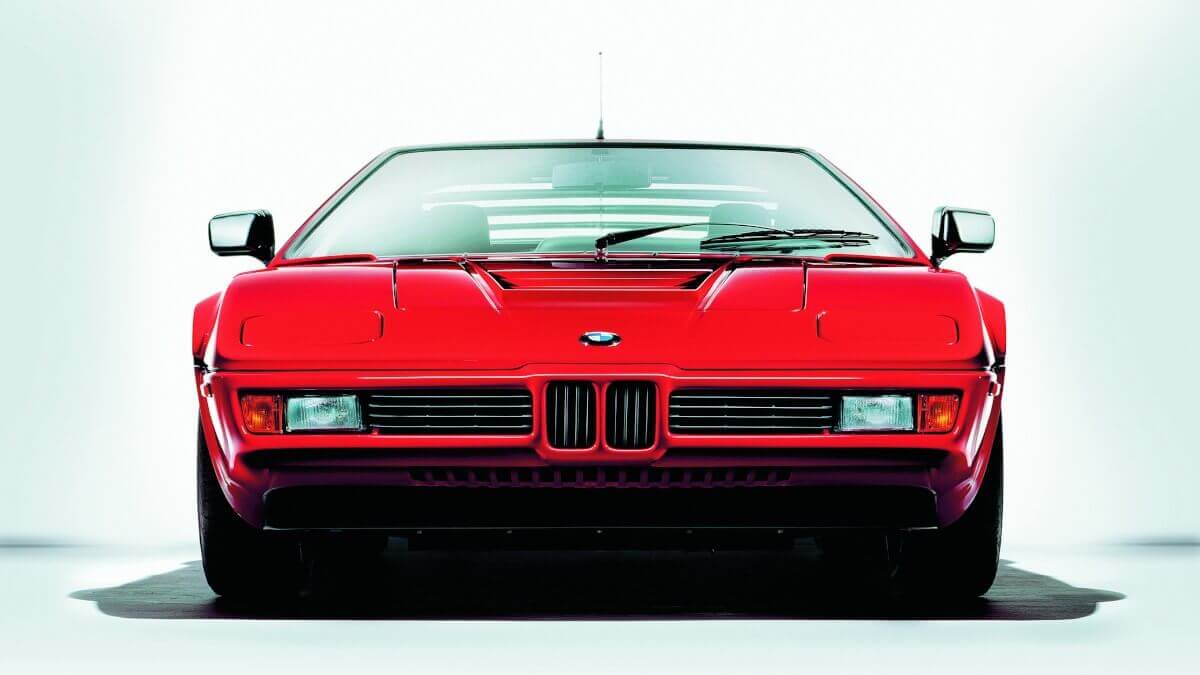



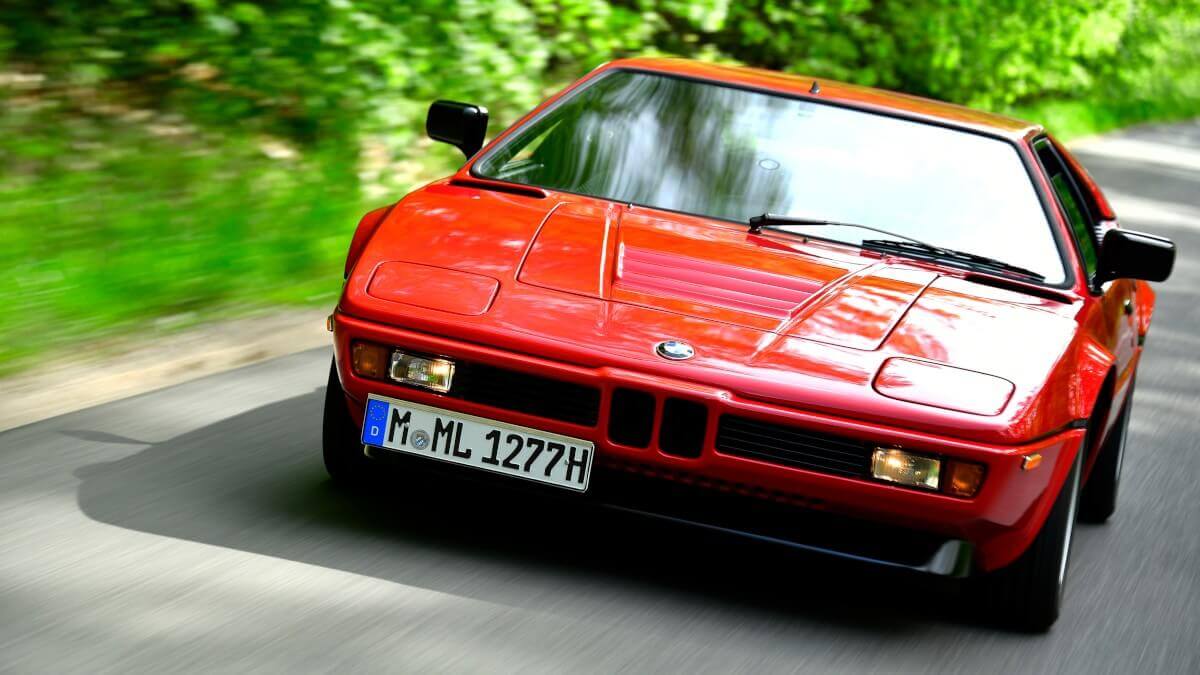



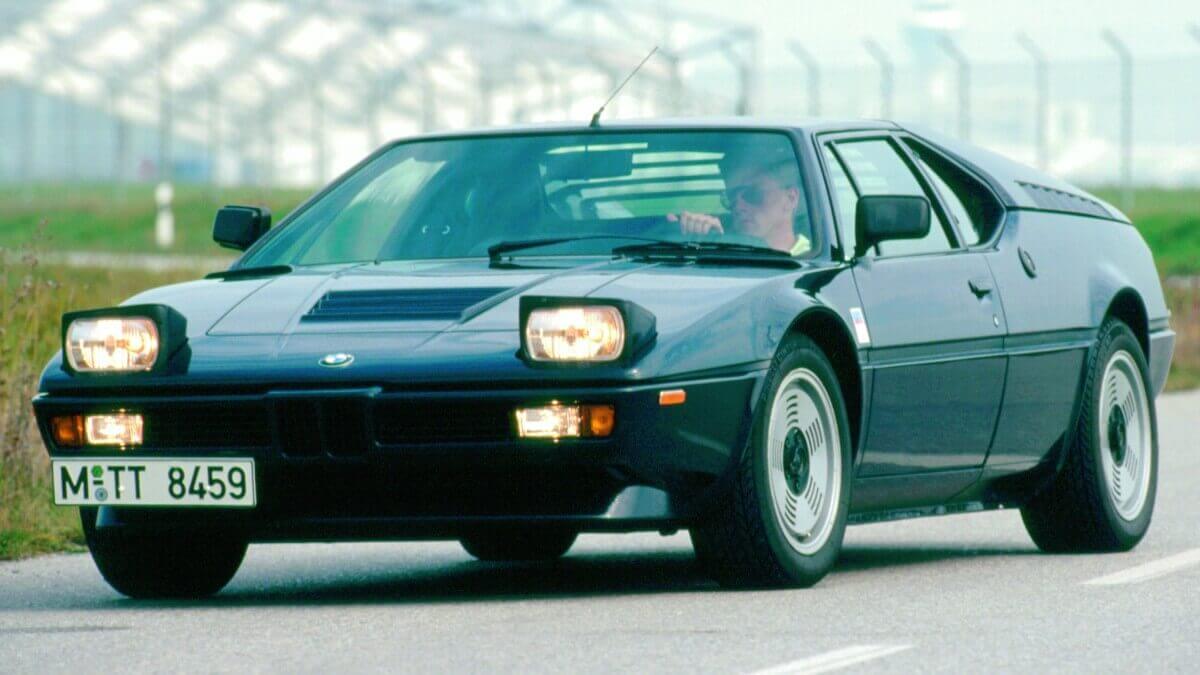



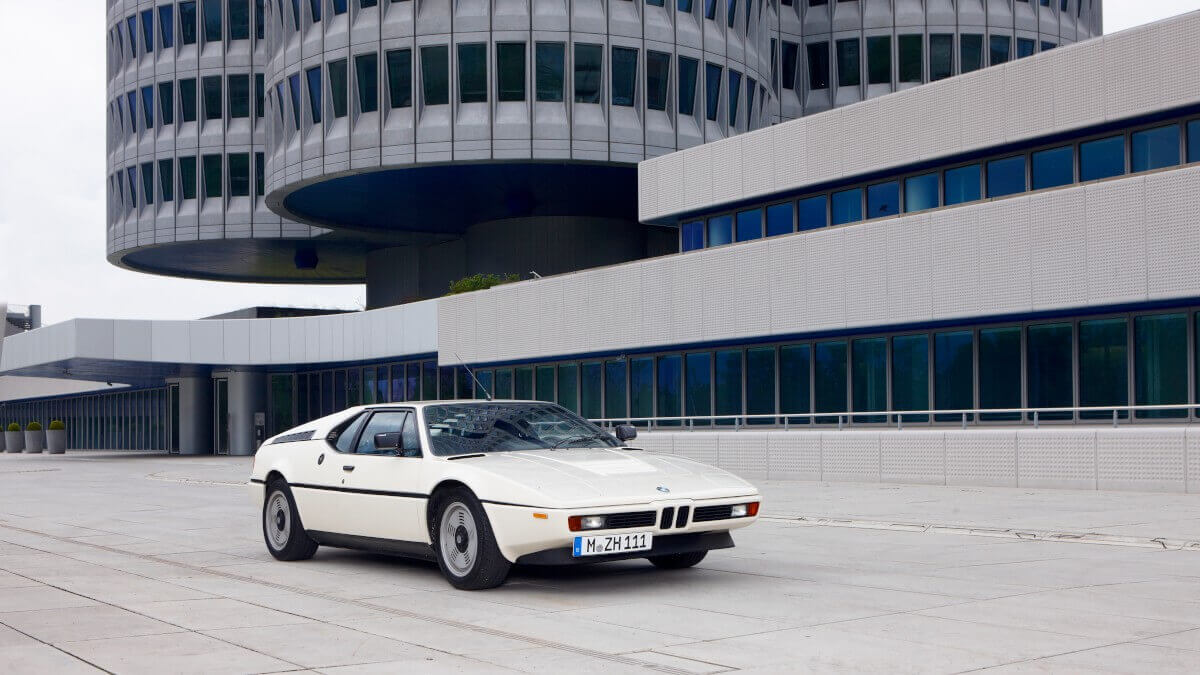



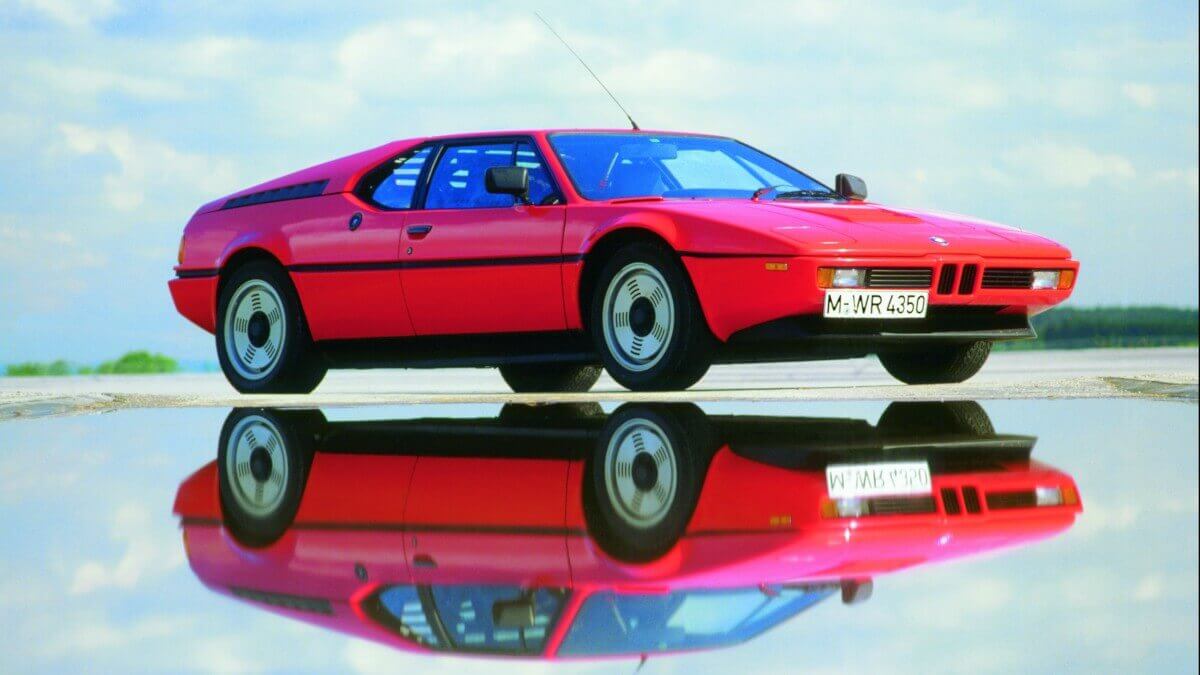



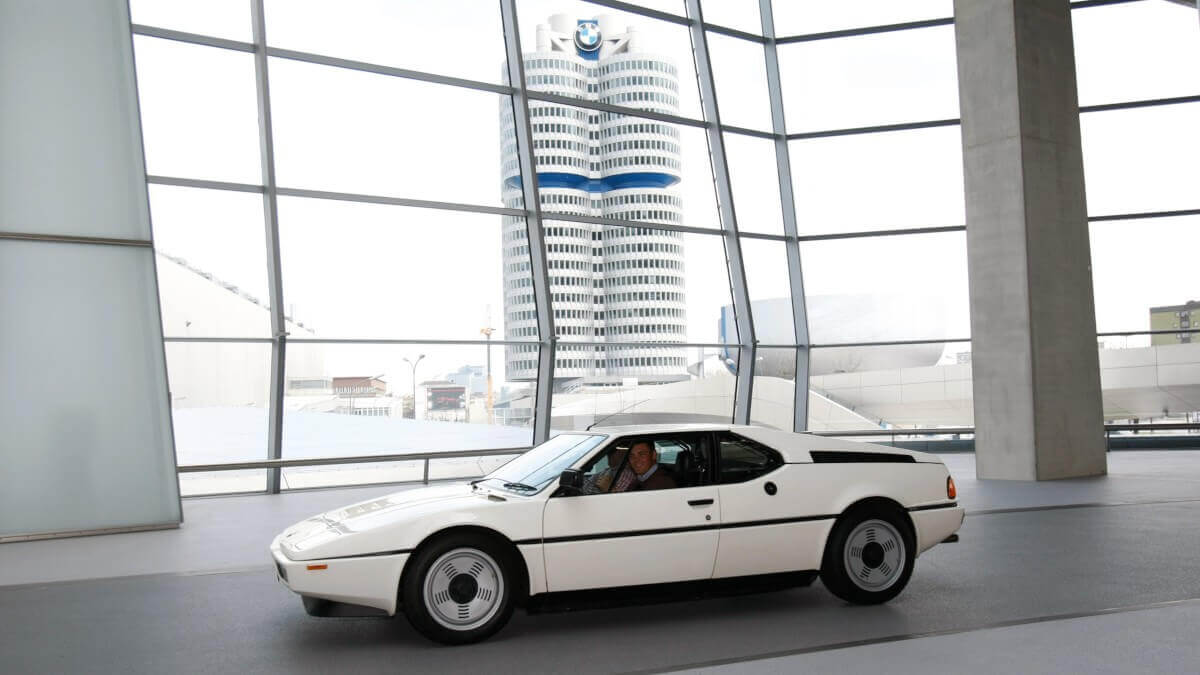



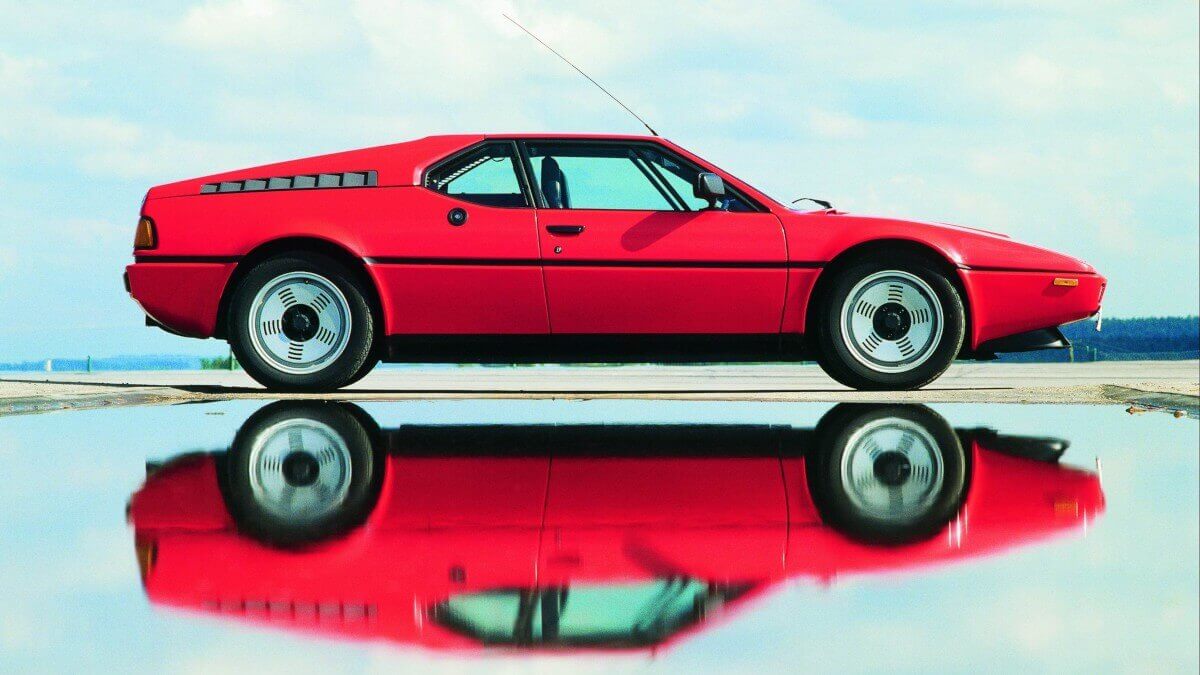



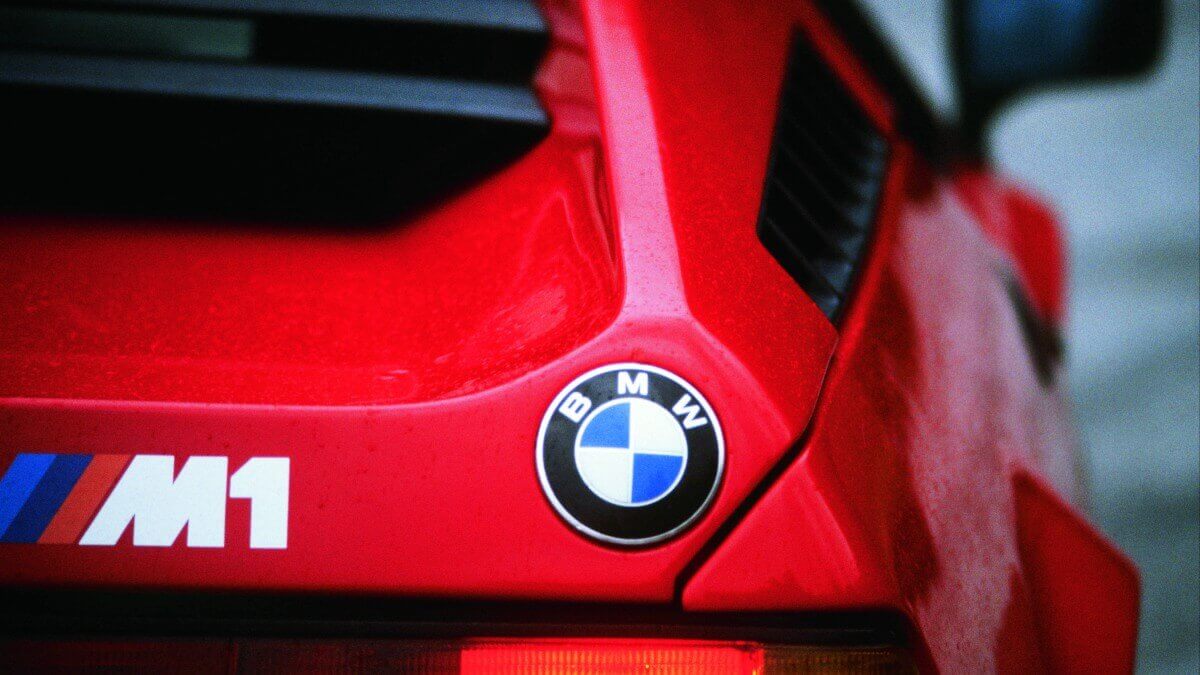



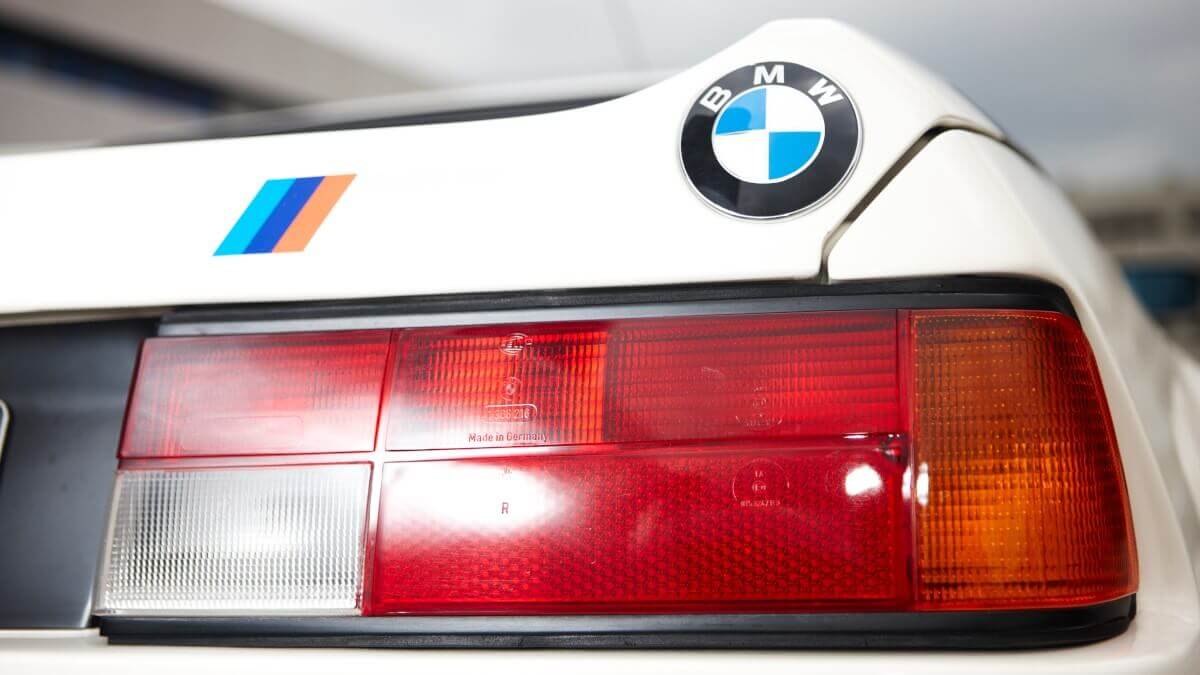



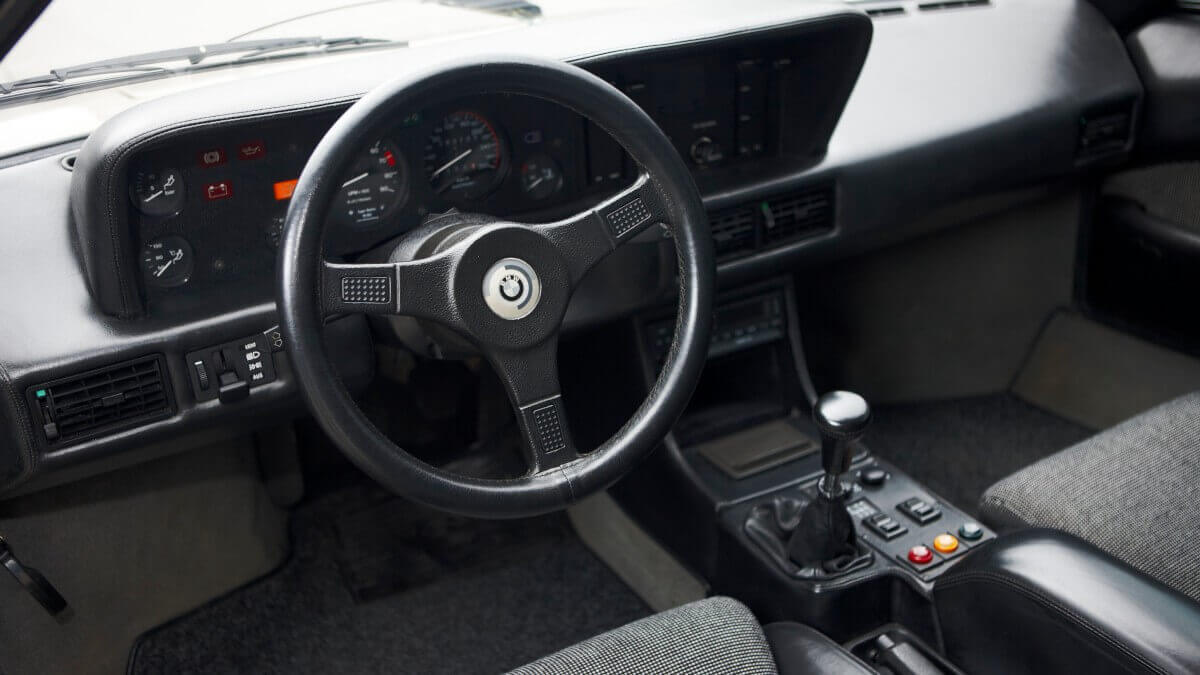



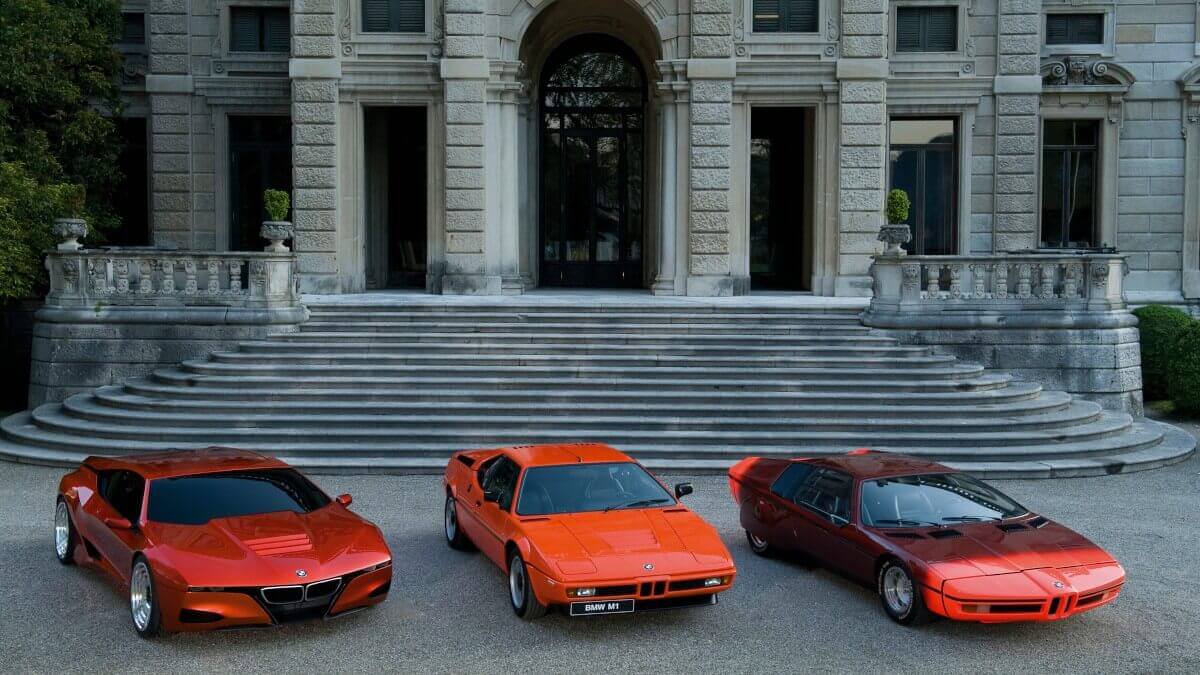



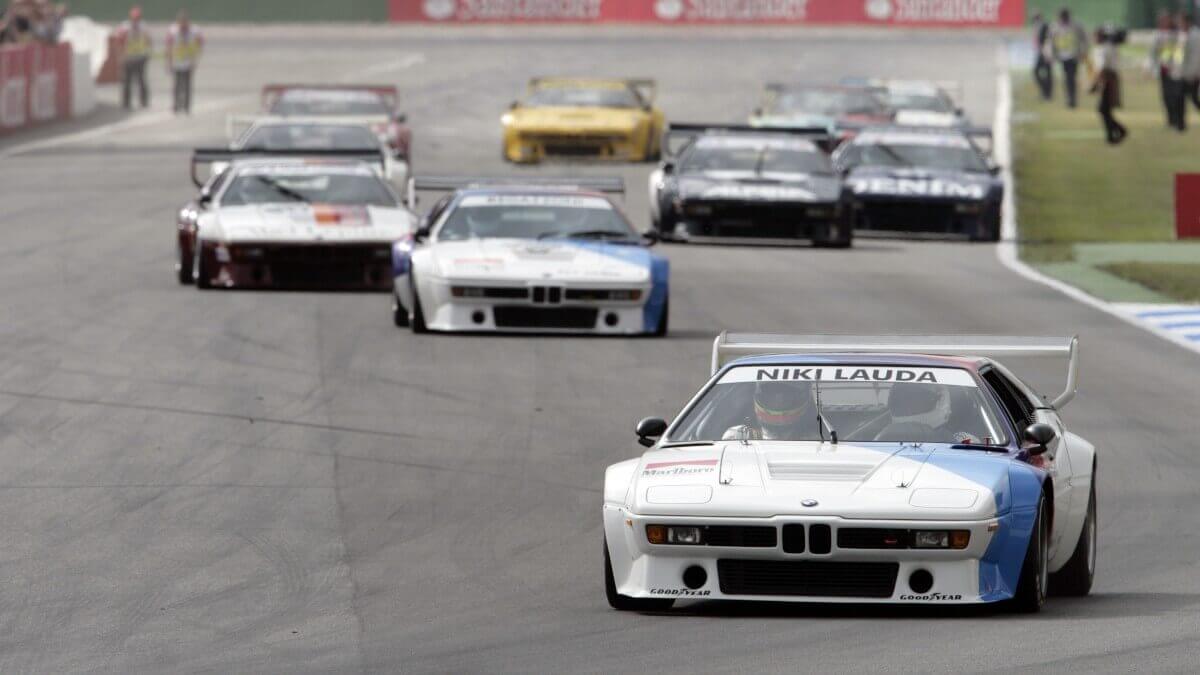



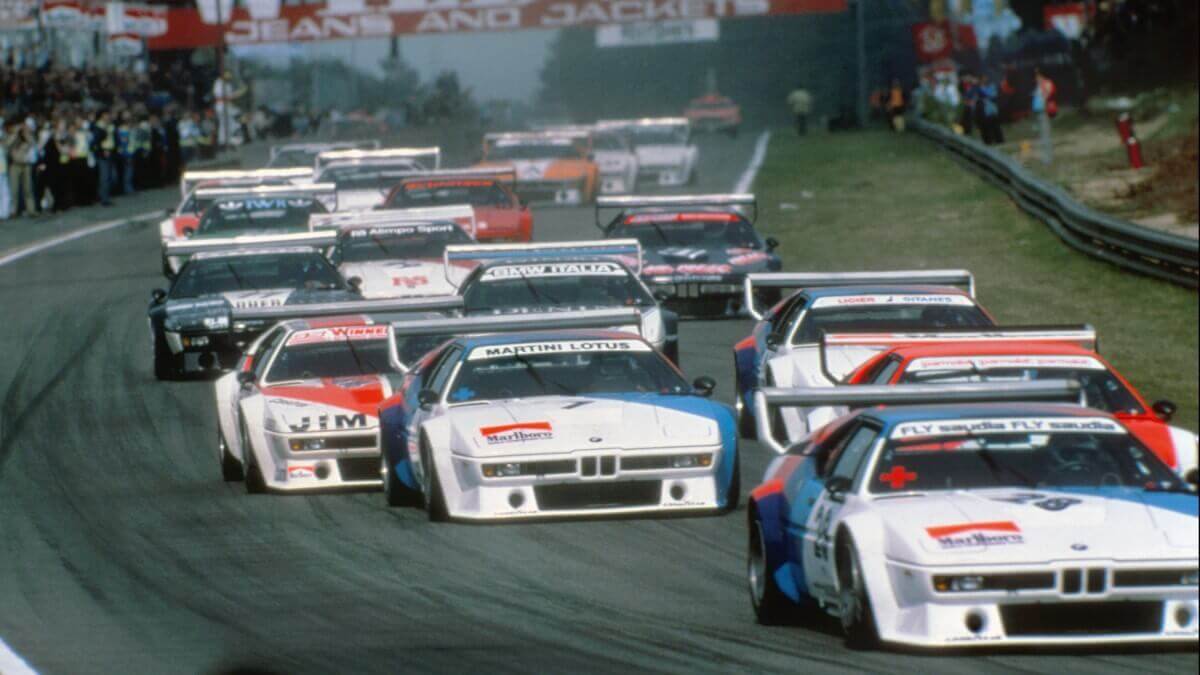



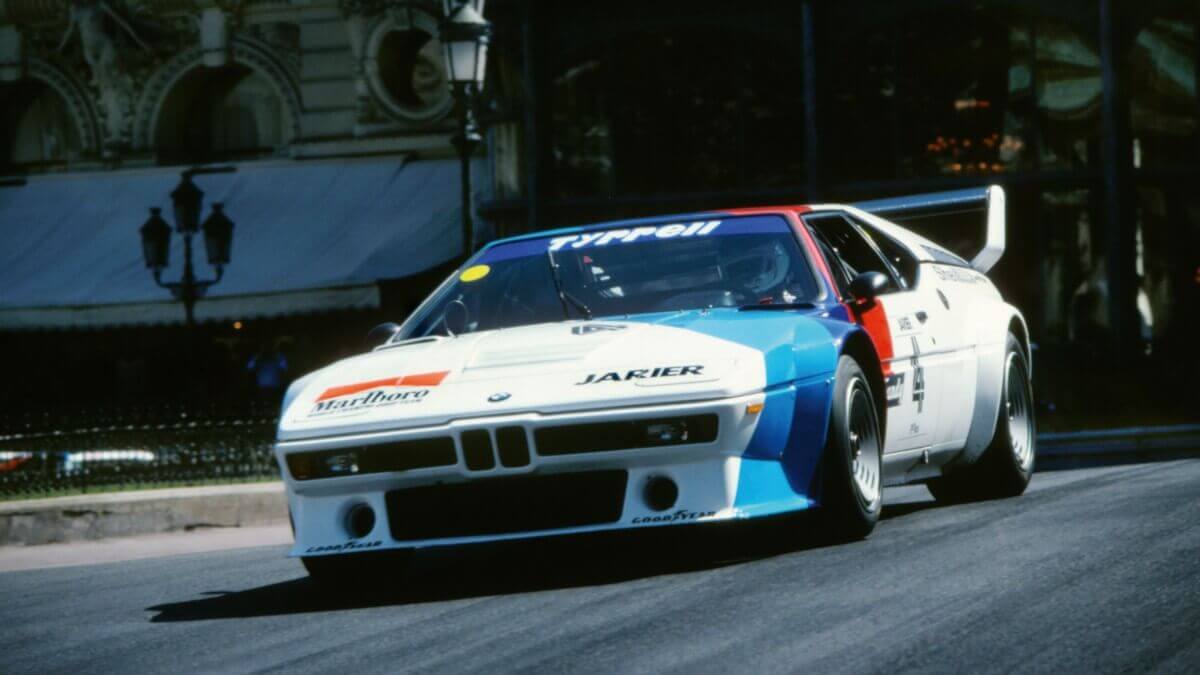



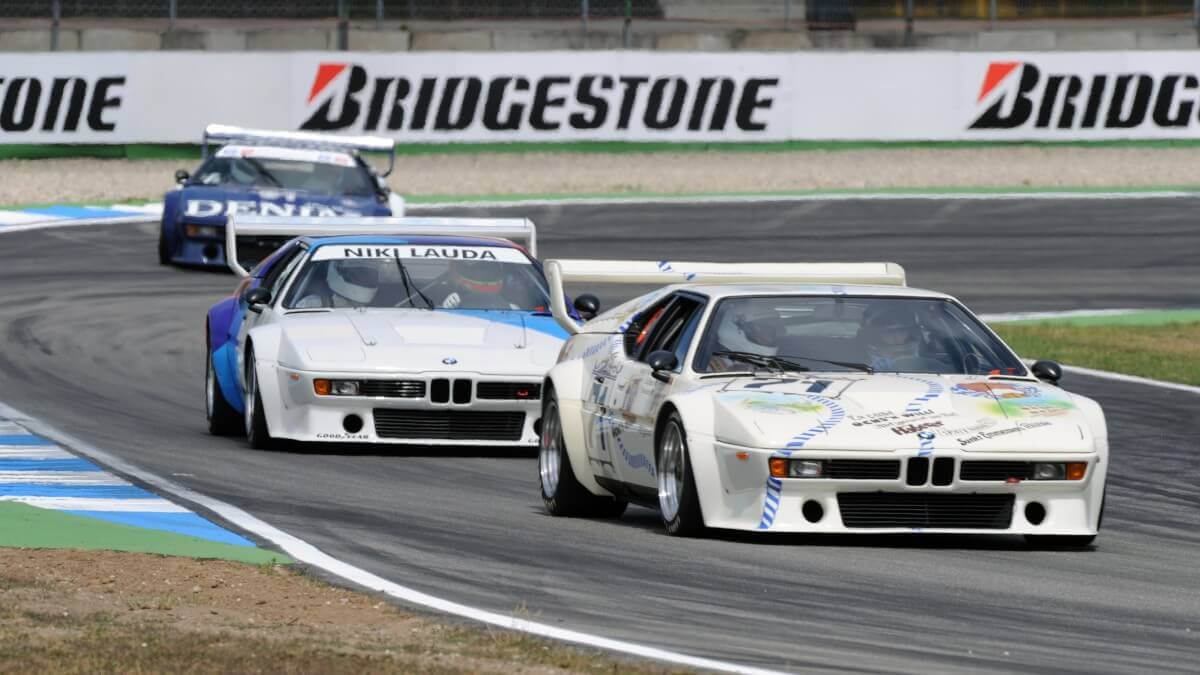



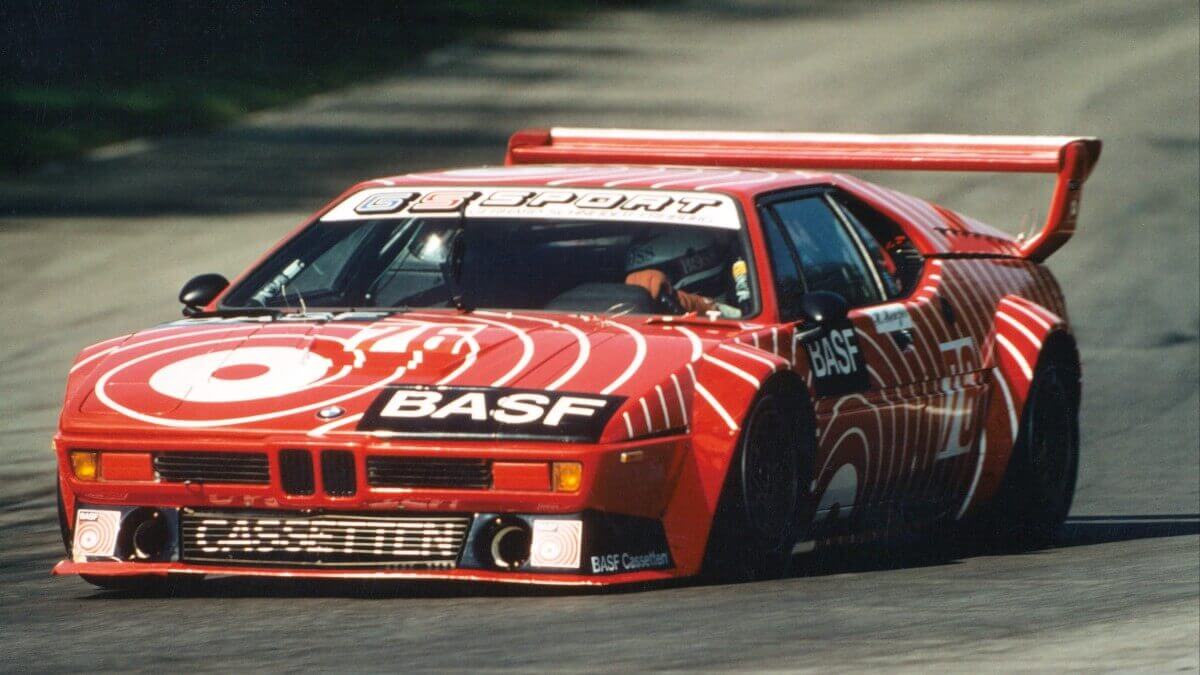



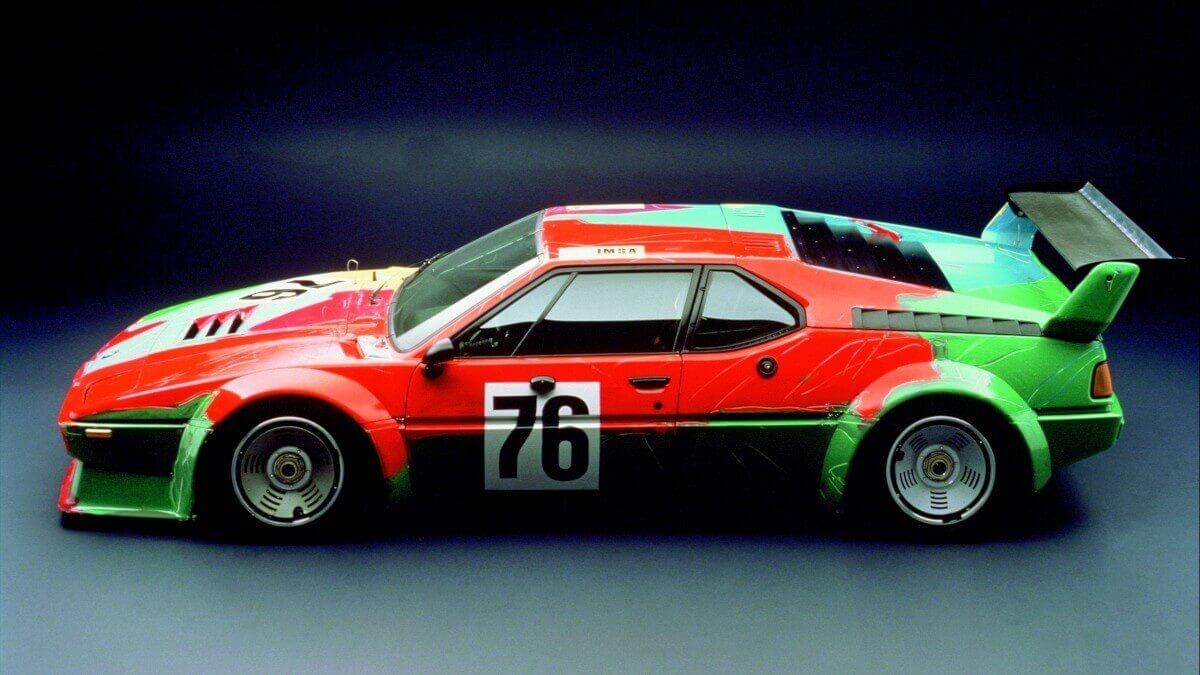



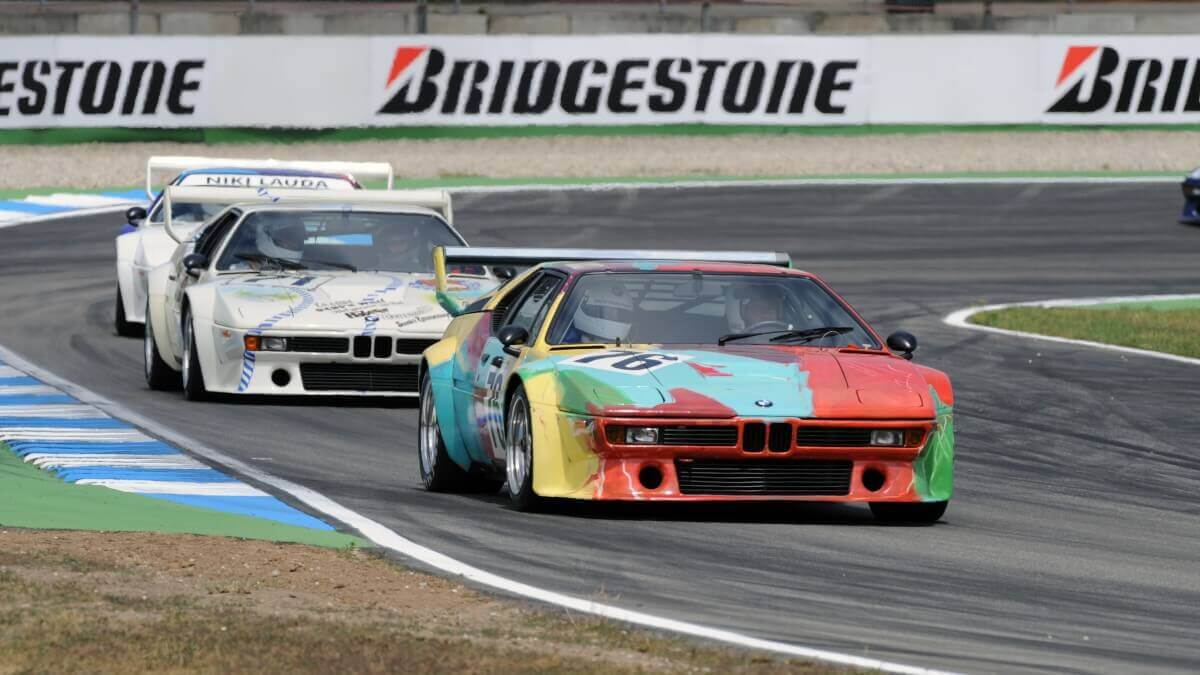



While initially a cooperation with Karmann from Osnabrück/Germany, where since 1965 the big BMW Coupés were manufactured, was in discussion for development and production of the new M1, new negotiations with Lamborghini started at the end of 1975, because the Italians knew better how to build a sports car with plastic bodywork. Next to that the car plant in Sant’Agata was underutilized due to a serious sales crisis of the sports car brand. The tubular frame chassis for the BMW was developed and made by Marchesi in Modena, the plastic body parts at T.I.R. in the immediate vicinity and Lamborghini should have been responsible for the completion of the cars. In early 1977, the first driveable prototype was standing on its wheels and immediately went into the testing hands of Valentino Balboni, Gian Paolo Dallara and Stanislaus Sterzel. From November 1977, the final abbreviation M1 appears in the official documents, while at the same time the planned production volume of 2,000 street cars was dropped to 800 and the production of the racecars was moved from Sant’Agata to Munich. In the following months, more and more suppliers cancelled their contracts with Lamborghini because of non-payments, which is why BMW also revoked their M1 order on April 19, 1978. As a result, Lamborghini blocked the prototypes, parts, drawings, plans and manufacturing tools inside their factory, although they legally belonged to BMW. In order to avoid lengthy legal disputes, some Lamborghini employees finally opened the gates for a fleet of lorries from Munich in a guerilla campaign and even helped them loading up.
Thus, BMW was without a production partner shortly before the M1 finally should have hit the market. Again they had to look for suppliers and after discussions with Messerschmitt-Bölkow-Bohm and De Tomaso, they decided for the Stuttgart-based company Baur in cooperation with Italdesign from Turin. While the Italian company mounted the bodywork parts to the frame and painted them, Baur completed the cars with all other components. From the end of 1978, finally the first few vehicles arrived at the waiting dealers and customers, but not for the targeted starting price of 80,000 DM. Instead the car was 100,000 DM, which made it more expensive than the biggest Ferrari-model of the time. This led to a rather low demand and ultimately to only 399 road versions built. Meanwhile, the many delays in the development process also meant, that the race version of the M1 was too late for its class. The regulations had changed and the car wasn’t competitive anymore. In addition to a few race starts, for example in Le Mans, BMW invented a one-make-series for the supporting program of Formula 1, named Procar. In 1979 and 1980 selected private drivers raced against the five fastest pilots from each F1 qualifying practice. The most famous and undoubtedly most expensive BMW M1 to date is another racecar, that finished 6th in Le Mans 1979 with a very special paintwork. Artist Andy Warhol did it in just about 45 minutes.
Images: BMW




